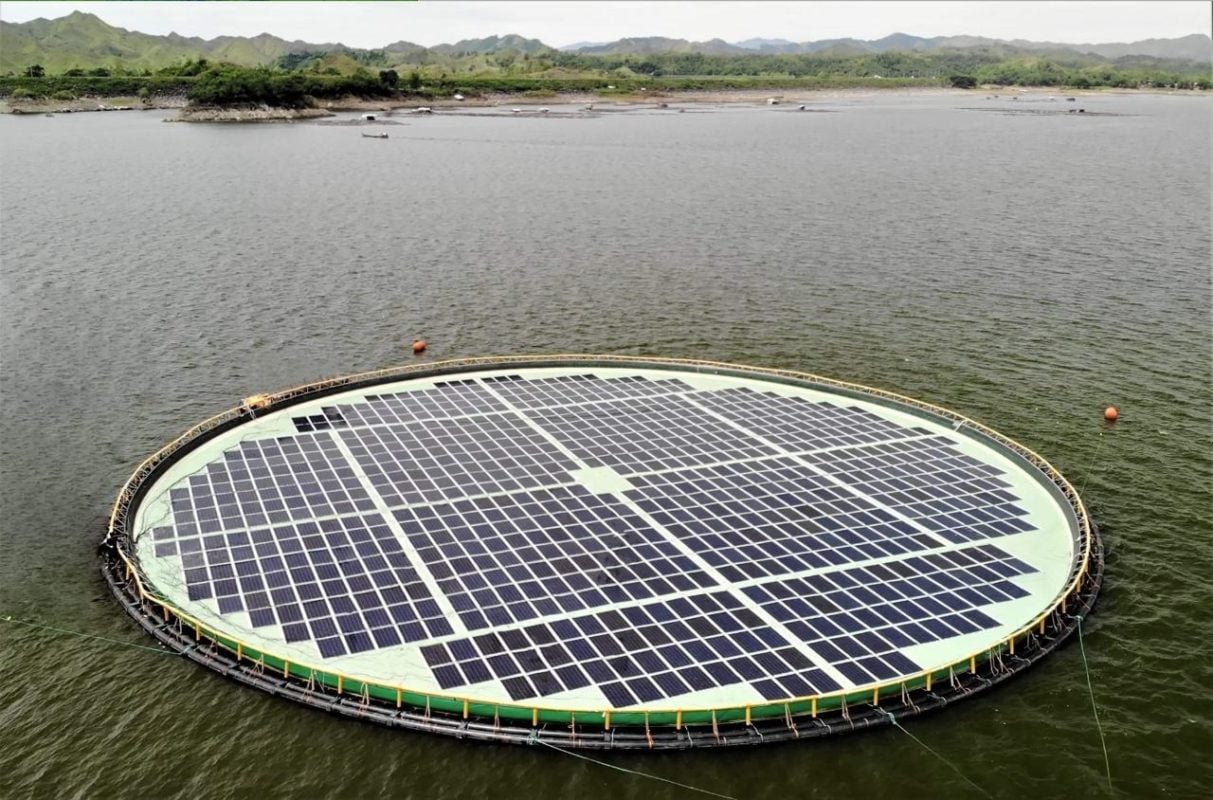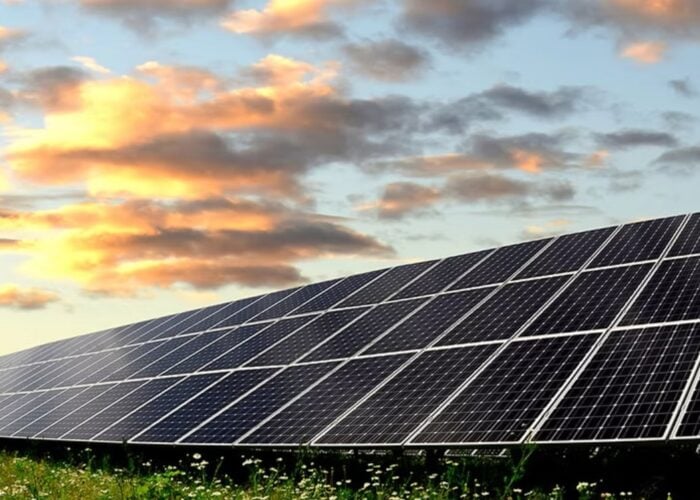
Two of the world’s top bodies supporting the rise of floating solar have put forward a guide to bring down the key barriers faced by the segment, predicted to majorly grow over the next few years.
A new handbook from the World Bank and the Solar Energy Research Institute of Singapore (SERIS) is meant to guide developers through plant design, energy yields, financial risks, green impacts and other factors likely to hasten or hinder the deployment of floating projects.
Unlock unlimited access for 12 whole months of distinctive global analysis
Photovoltaics International is now included.
- Regular insight and analysis of the industry’s biggest developments
- In-depth interviews with the industry’s leading figures
- Unlimited digital access to the PV Tech Power journal catalogue
- Unlimited digital access to the Photovoltaics International journal catalogue
- Access to more than 1,000 technical papers
- Discounts on Solar Media’s portfolio of events, in-person and virtual
Or continue reading this article for free
The document – co-authored by the World Bank’s Energy Sector Management Assistance Program (ESMAP) – says addressing these challenges is key if the 1.3GW-plus global floating solar market is to fully realise its technical potential, estimated at 400GWp under “conservative assumptions”.
Key among these hurdles is the “technical complexity of designing, building, and operating on and in water (especially electrical safety, anchoring and mooring issues, and operation and maintenance),” says the handbook, to be analysed by a dedicated PV Tech Power feature later this year.
The guide advises floating players to carefully weigh site choices. Easily accessible, low-salinity manmade water bodies – reservoirs, dams, irrigation ponds – held by a single owner are preferable, as are locations with shallow depth, even terrain and hard ground for ease of anchoring.
According to the handbook, the ensuing plant design must reflect floating PV’s need for stricter electrical safety requirements. Picking a well-connected EPC is paramount if developers are to access top-tier providers of float structures and other components, the guide adds.
Floating PV’s status as a “relatively new” market means maintenance will demand “new skillsets, techniques and procedures,” the guide says. “Accessibility, soiling, corrosion and stress from continual flexing present O&M providers with challenges beyond [those of land systems]”, it adds.
Precautionary principle for green and social risks
The question marks around floating solar’s cost-competitiveness have dominated industry events held this year, in the run-up to the publication of the new handbook. At an Intersolar 2019 session in May, BayWa r.e. and other frontrunners faced scrutiny over the financial performance of projects.
In their joint guide, the World Bank and SERIS note that floating PV’s “nascent” nature means financial close could be slower in coming. Lenders and insurers unfamiliar with floating projects will find due diligence specialists with experience in the market remain few, the document says.
According to the handbook, the need for floats, anchoring and mooring creates “slightly higher” costs than those of land systems. However, the guide predicts the economics could improve as the cost of floats – and that incurred by site rental or leasing – declines in the coming years.
Central in a developer’s strategy will be the assessment of energy yields, according to the World Bank and SERIS. Floating plants may face higher bird soiling rates and degradation rates but will enjoy, in turn, better yields via an increased cooling potential for modules.
Environmental risks should too be a top consideration, according to the handbook. Developers should assess how various factors – water body type, size and uses, plant components – affect water quality and biodiversity as long-term impacts are not well established, the guide adds.
The World Bank and SERIS call for a “precautionary principle” approach so that floating PV is prioritised at already-economic locations, limiting for now the roll-out at coastlines and other high-biodiversity areas. Close monitoring of early projects will help plug data gaps, the handbook says.
Europe tails Asia in global floating PV race
As the guide notes, the story of floating solar’s growth has so far mostly been written in Asia. At a respective 73% and 16%, China and Japan were found to hold a dominating share of the 1.3GWp-plus capacity installed as of the end of 2018.
As witnessed by PV Tech, the months since have further cemented Asia’s status as floating frontrunner. In 2019 alone, projects have made strides in Singapore (50MW), Vietnam (49MW), Thailand (45MW), South Korea (25MW) and other locations in the continent.
European players are too working to catch up, however. Within October alone, news of the operational launch of Europe’s self-styled largest project – Akuo’s 17MWp O’MEGA 1 in France – were swiftly followed by BayWa r.e.’s 23MWp completion and plans for a further 27MWp.
According to the World Bank and SERIS, momentum going forward offers the broader solar industry a chance to grow without the challenges of land acquisition. Partnerships with large hydro power installations hold, both organisations claim, sizeable benefits.
“Combining the dispatch of solar and hydropower could smooth the variability of the solar output while making better use of existing transmission assets – a benefit that could be particularly valuable in countries where grids are weak,” the handbook reads.







